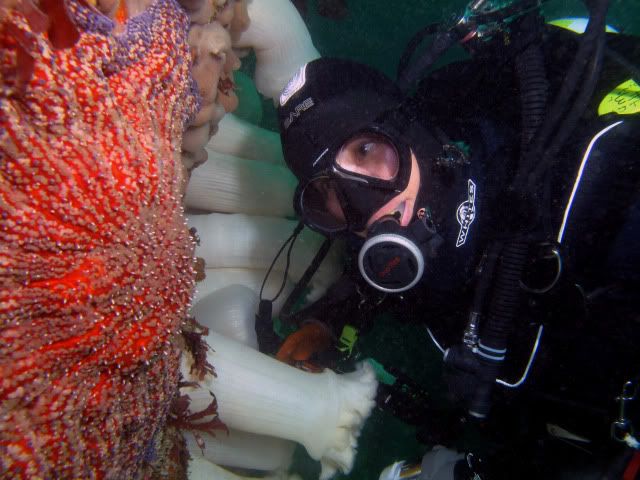Mike Boswell
Contributor
Up here in British Columbia - something that has yet to be mentioned is that there is no such thing as a guided dive with a DM unless you specifically hire such a person. You are on your own, and expected to be able to plan a dive and navigate whatever it is down there on your own and come back on your own. (With a buddy of course.)
Typical dive brief is, current is coming from that direction, keep the rock on your left, go down swim around come back up, best stuff is at X feet. Watch for Y - wolf eels, octo etc.
There is a range of diving for every ability from easy shore entries, to high current diving. Vis can range from can't see your hand in front of your face to 100+ feet. Time of year and location make a huge difference. Vancouver Island alone is some 300 miles long and that is just the largest of many many islands. The possibilities are more than most will ever exhaust in a lifetime.
My wife and I did a couple of dives at Nanaimo last year. I was surprised at how warm the water was. There are some really beautiful critters up there. I can't wait to get back to Vancouver Island and check out the diving up north. They say it was on Cousteau's list of the world's best places to dive.





